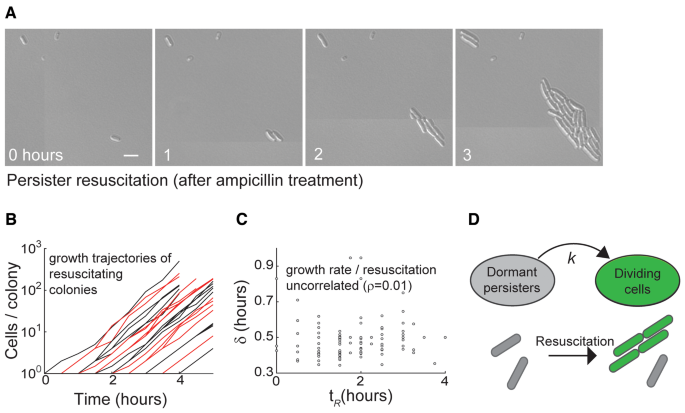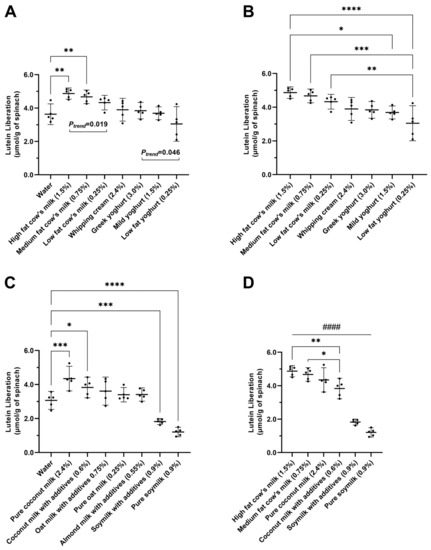2023-04-24 ジョージア工科大学
◆彼らは、持続菌が治療後に活動を再開する過程を研究し、持続菌が抗生物質に対する適応力を持つ仕組みを明らかにした。持続菌は、これまでの研究で注目されてきた形成過程とは異なり、この発見は、新しい抗生物質を発明するよりも、持続菌の生存戦略を理解することが治療法を改善するために重要であることを示唆している。
<関連情報>
- https://research.gatech.edu/bacteria-can-discard-damage-survive-antibiotic-treatment
- https://www.embopress.org/doi/full/10.15252/msb.202211320
抗生物質治療後のパーシスターのパーティショニングを明らかにする蘇生ダイナミクス Resuscitation dynamics reveal persister partitioning after antibiotic treatment
Xin Fang,Kyle R Allison
Molecular Systems Biology Published:3 March 2023
DOI:https://doi.org/10.15252/msb.202211320

Abstract
Bacteria can survive antibiotics by forming dormant, drug-tolerant persisters. Persisters can resuscitate from dormancy after treatment and prolong infections. Resuscitation is thought to occur stochastically, but its transient, single-cell nature makes it difficult to investigate. We tracked the resuscitation of individual persisters by microscopy after ampicillin treatment and, by characterizing their dynamics, discovered that Escherichia coli and Salmonella enterica persisters resuscitate exponentially rather than stochastically. We demonstrated that the key parameters controlling resuscitation map to the ampicillin concentration during treatment and efflux during resuscitation. Consistently, we observed many persister progeny have structural defects and transcriptional responses indicative of cellular damage, for both β-lactam and quinolone antibiotics. During resuscitation, damaged persisters partition unevenly, generating both healthy daughter cells and defective ones. This persister partitioning phenomenon was observed in S. enterica, Klebsiella pneumoniae, Pseudomonas aeruginosa, and an E. coli urinary tract infection (UTI) isolate. It was also observed in the standard persister assay and after in situ treatment of a clinical UTI sample. This study reveals novel properties of resuscitation and indicates that persister partitioning may be a survival strategy in bacteria that lack genetic resistance.


